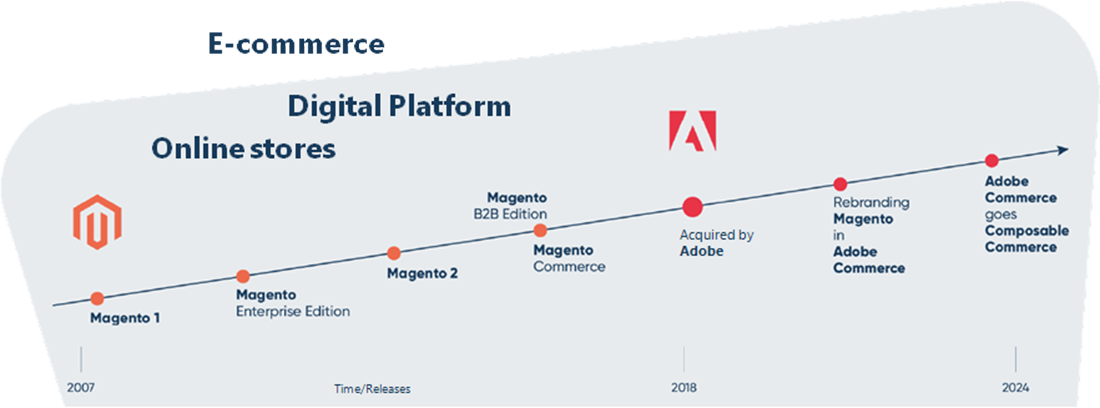The Basis For Successful E-Commerce
Adobe Commerce (Magento)
Adobe, a pioneer in the digital world, has seamlessly transformed the premier Magento shop system into the e-commerce platform Adobe Commerce. Since the transition, the system has continuously benefited from further refinement, emerging as a scalable, flexible, end-to-end solution poised to shape the future of e-commerce.





